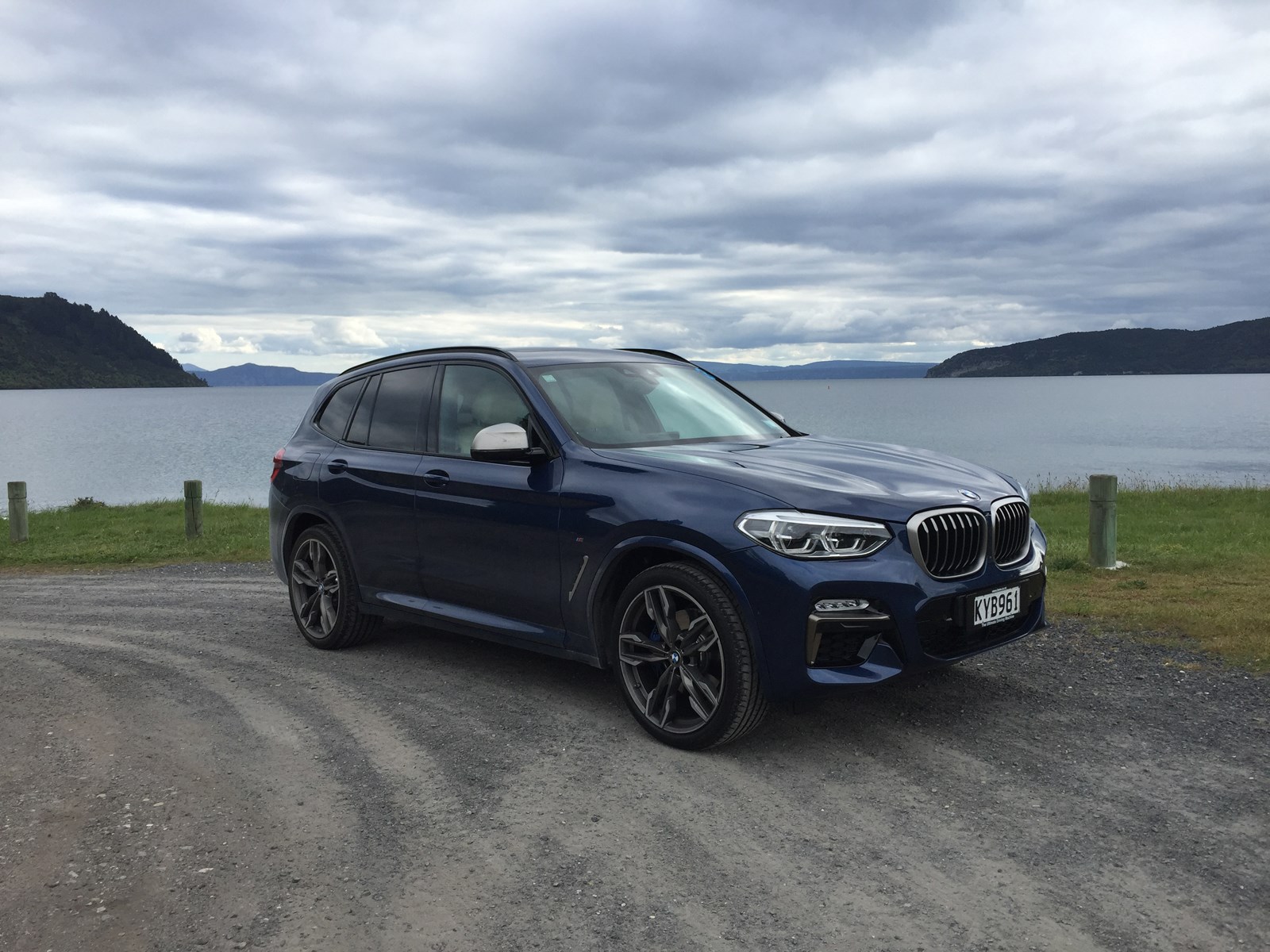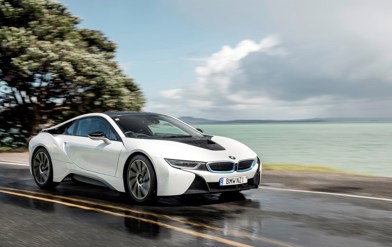BMW’s new mid-sized X3 models go on sale this weekend. And, given that SUVs account for almost half of New Zealand’s total sales, the range is vital to the German marque’s continued success.
The third-generation BMW X3 is slightly larger than the model it replaces, has sharper styling and is loaded with the latest driver-assist technology features.
The three-model range starts with entry-level X3 20d, priced from $92,850. The top-of-the-range X3 M40i costs from $119,850.
The biggest-selling model is expected to be the mid-range X3 30i, selling from $99,850.
BMW New Zealand launched the new models last week with a drive from Auckland to the Jack Nicklaus-designed Kinloch golf course near Taupo, and a day-long off-roading session at Poronui Station, near the Taupo to Napier highway.

BMW says the X3 was the first premium mid-sized SUV on the market when it was introduced in 2004. It was the model that launched the mid-sized SAV (sports activity vehicle) market segment, and more than 1.5 million X3s have been registered worldwide since.
With the popularity of SUVs continuing to rise, BMW has decided to give its X model ranges a more distinct look. The X3 has a chunkier version of the familiar BMW kidney grille, and fog lamps featuring a hexagonal design.
Design changes may appear subtle but the new models look sharper and more contemporary than previous generation models. It keeps the short front and rear overhangs from previous generation models, and BMW says it retains the 50:50 distribution of weight between front and rear axles.
At the rear, the light clusters (with a three-dimensional look in optional full-LED guise giving them greater visual impact), a downward-sloping roof spoiler, and twin exhaust tailpipes all contribute to the muscular appearance.

The X3 M40i model has a six-cylinder petrol engine that puts out 265kW of power and 500Nm of torque. It is the first M model available in the X3 range, and the company says it takes 4.8 seconds to go from 0 to 100km/h.
The mid-range X3 30i is powered by a second petrol engine that puts out 195kW, and 400Nm of torque, and is said to reach 0-100km/h in 6.3 seconds.
The X3 20d model’s diesel engine puts out 149kW of power and 400Nm of torque, covering 0-100km/h in eight seconds.
Chassis options include M Sport suspension, Dynamic Damper Control, M Sport brakes and variable sport steering.
All models have an eight-speed Steptronic transmission. They also have the latest generation of Active Cruise Control and the Driving Assistant Plus safety package, which includes steering and lane control assistant, Lane Change Assistant and Lane Keeping Assistant with side collision protection.

Gesture control, which allows various navigation and infotainment system functions to be operated using finger and hand gestures, is available as an option.
The optional Voice Assistant lets the driver use everyday language to turn requests into the appropriate actions. And the optional Head-Up Display displays important driving-related information onto the windscreen, in front of the driver. The information display is 70 per cent larger than in previous X3 models, and BMW says it is unrivalled in its segment for graphics, resolution and display options.
While the HUD display is larger, it doesn’t intrude or impede vision.
Inside the X3 there is more head, leg and shoulder room than in previous X3 models. There is new, softer “Vernasca” leather upholstery, and the option of a full-length of the cabin sunroof.

Rear backrests can be released remotely from the load compartment, expanding standard 550-litre load capacity to 1600.
Standard-fitted acoustic glazing of the windscreen contributes to a low noise level inside the X3. The two front side windows are also available with optional acoustic glazing , ensuring less of the wind noise generated around the exterior mirror caps makes it into the interior. This further reduces noise levels at high speeds.
There is wireless charging of Samsung smartphones and BMW offers a cover to allow i-Phone smartphones to be recharged wirelessly.
The entry-level model sits on 19-inch alloy wheels, although 20-inch and 21-inch alloy wheels are also available.

While the top of the range X3 M40i provides exhilarating acceleration and has immense power in reserve well above legal speed limits, the ride on the larger tyres is firm. Steering on the M40i and 30i models is direct and firm, and the X3 corners with little body roll, especially considering its size.
BMW’s X model SUVs have earned a reputation for robust performance and the ability to handle gravel and tarmac equally well. They are also robust, as off-roading on the higher reaches of the sprawling 6575ha Poronui Station revealed.
Although the off-roading did not include mud-plugging, the X3 handled rough tracks and steep banks with ease. The brake assist function holds the X3 steady, quickly building confidence in the technology.
These models can be run off the beaten track, although the majority will probably spend most of their life on tarmac.
Either way they are extremely comfortable and practical luxury SUVs that can cope easily, whether negotiating rough or smooth roads or rough tracks.















